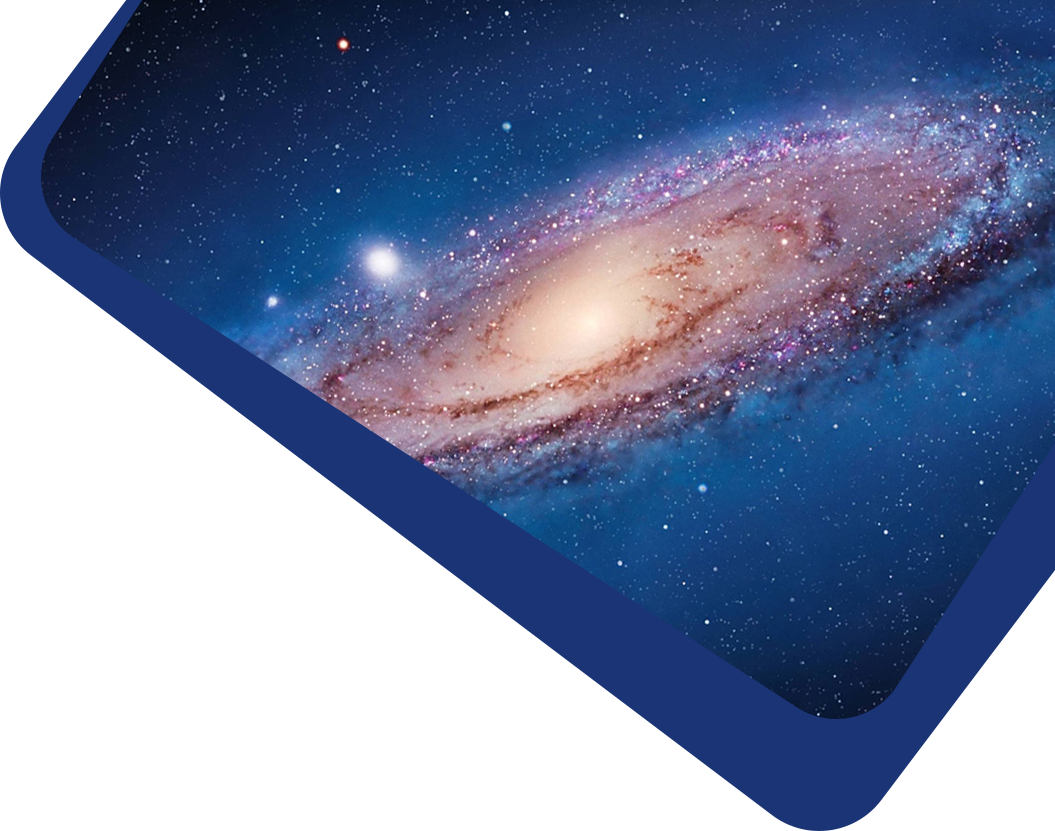We investigate the small-scale clustering of star-forming galaxies (SFGs) in the local universe, using both observational samples from the final data release of the Sloan Digital Sky Survey and IllustrisTNG300, one of the state-of-the-art hydrodynamic simulations of galaxy formation. We measure the projected two-point cross-correlation function, wp(rp), for subsamples of SFGs with different specific star formation rates (sSFRs) and stellar masses (M*), with respect to reference samples of galaxies with early-type or late-type morphology. On scales smaller than ∼100 kpc and at fixed M*, SFGs with higher sSFR are more strongly clustered, reflecting the interaction-induced central star formation found in previous studies. More importantly, the small-scale clustering-sSFR correlation is stronger when the reference sample is limited to late-type galaxies only. This confirms the previous finding that the enhancement of star formation in close pairs depends on the morphology of companion galaxies. These observational trends are broadly reproduced by IllustrisTNG300, indicating that current hydrodynamic simulations are capable of capturing the main recipes governing star formation in interacting/merging galaxies, although further work is needed to identify the exact physical processes involved.



